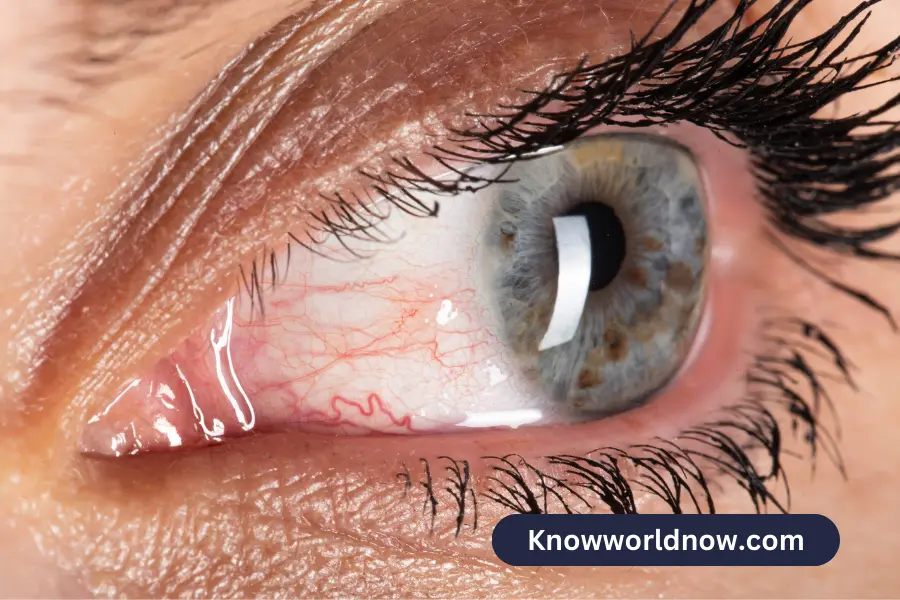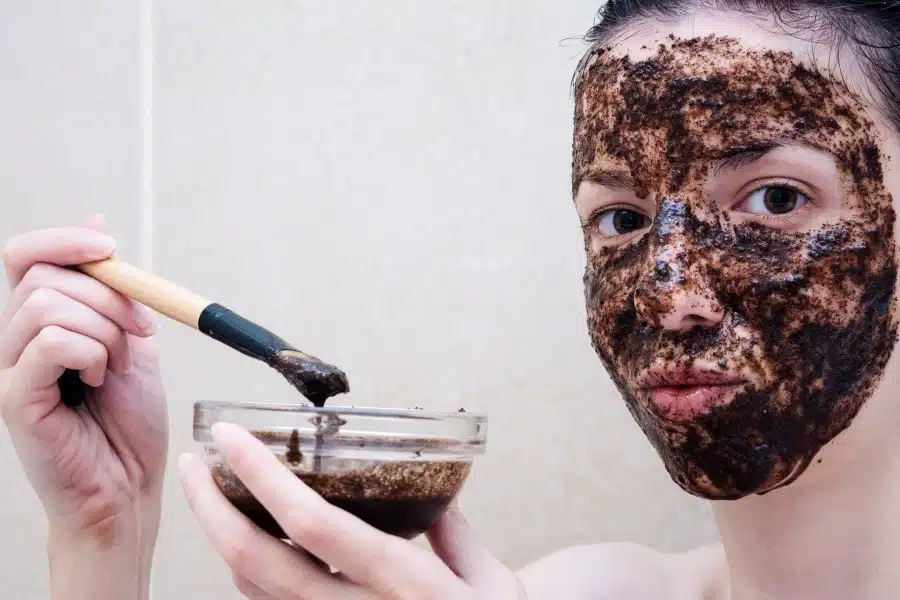Eye allergies, also called allergic Conjunctivitis, can cause a lot of pain and irritation for people with them.
Eye allergies can cause itching, redness, and watery eyes, making it hard to do daily tasks and lowering the general quality of life.
Often people confuse pink eye with eye allergies.
You must know the difference between pink eye and eye allergy to treat and avoid them effectively.
Eye allergies happen when the eyes come in touch with things called allergens that make the immune system react in people prone to them.
This piece discusses the most common things that cause eye allergies and how they work.
We will discuss things that can cause eye allergies, such as pollen, dust mites, mold spores, pet hair, and irritants.
We will also discuss how people with eye allergies can ease their symptoms and improve their general health.
Understanding eye allergies
When allergens come into touch with the eyes, they cause the eyes to react in a way that is too sensitive.
Most people should not worry about these things, but people with allergies do because they cause their immune systems to react too strongly.
This response includes the release of histamine and other chemicals, which cause the conjunctiva, the thin membrane that covers the white part of the eye and the inside of the eyelids, to become inflamed.
Because of this, people have signs like itching, redness, watery eyes, and swollen eyes.
Common Triggers of Eye Allergies
Eye allergies, also called allergic conjunctivitis, are caused by allergens entering the eyes.
These allergens can be different for each person, based on what they are sensitive to.
But some common causes of eye allergies are known to affect some people.
This also helps in differentiating between pink eye vs allergies.
Some of the most common reasons are:
Pollen
Pollen from trees, plants, and weeds is one of the leading causes of hay fever, or seasonal allergic conjunctivitis.
When pollen grains are breathed in or they touch the eyes, an allergic reaction that may make the eyes feel irritated.
Dust mites
Dust mites are tiny organisms that like to live in warm, moist places.
There is a lot of evidence of them in house dust. When dust mite allergens, primarily found in the waste and body parts, get in the eyes, they can cause eye allergies.
Mold spores
It is a type of fungus, and when it grows, it sends out tiny spores into the air.
People who are prone to allergies may have a response to these spores.
When mold spores get into the eyes, they can cause signs of an eye allergy.
Pet dander
Some proteins found in pet dander, including skin flakes, saliva, and urine, can trigger eye allergies in sensitive people.
Signs like itching, redness, and watery eyes can happen when these allergens touch the eyes.
Cosmetics and personal care products
Some ingredients in makeup, lotions, and eye drops can irritate the eyes and cause allergic responses.
People allergic or sensitive to these chemicals may have eye allergy symptoms.
Management Strategies for Eye Allergies
Taking care of pink eye vs allergies means using various methods to reduce exposure to allergens and ease symptoms.
Here are some helpful management strategies for eye allergies:
Avoiding allergens
Identifying and limiting contact with allergens is the key to dealing with eye allergies.
Taking steps like staying inside when pollen counts are high, using allergen-proof covers on beds and mattresses, and keeping your living space clean can help reduce allergen exposure.
Eye drops
Antihistamine and mast cell stabilizer eye drops you can buy over-the-counter can help with eye allergy symptoms.
These drops help relieve allergy symptoms like itching, redness, and eye swelling. You can also use fake tears to moisten your eyes and ease dryness and irritation.
Cold compress
Applying cold bandages or cool washcloths to the eyes can help reduce swelling, redness, and itching.
The cold makes the blood vessels narrow, which gives brief relief.
Prescription medications
When eye allergies are severe or when over-the-counter treatments aren’t enough, doctors may recommend more substantial antihistamine eye drops or corticosteroids.
These medicines can help relieve symptoms and give comfort that lasts longer.
Consultations with specialists
People with persistent or severe eye allergies may find it helpful to talk to an eye care expert, such as an ophthalmologist or allergist.
These experts can run tests to find specific allergens and make individualized treatment plans to help people deal with their allergies better.
Prescription medications
When eye allergies are severe or when over-the-counter treatments aren’t enough, doctors may recommend red eyes treatment and more substantial antihistamine eye drops or corticosteroids.
These medicines can help relieve symptoms and give comfort that lasts longer.
These medications will also help you differentiate between pink eye vs allergies.
Some of these are:
- Antihistamine eye drops: Antihistamine eye drops that need a prescription can help with itching, redness, and other allergy symptoms.
- Mast cell stabilizers: This eye drops stop histamine and other inflammatory chemicals from getting out of mast cells. This gives long-term relief from eye allergies.
- Nonsteroidal anti-inflammatory drugs (NSAIDs): In severe cases, these drugs may be given to lower inflammation and ease pain.
- Oral antihistamines: Sometimes, doctors suggest oral antihistamines to treat systemic allergic reactions and eye allergies.
Conclusion
Eye allergies can make a big difference in a person’s daily life, causing pain and making it hard to get things done.
When people know what causes their eye allergies, like pollen, dust mites, mold spores, pet dander, and irritants, they can take steps to control and prevent them.
By doing things like avoiding allergens, using eye drops, and, if necessary, getting help from a professional, people can find relief and have better, more comfortable vision, even during allergy season or when they are exposed to allergenic substances.







